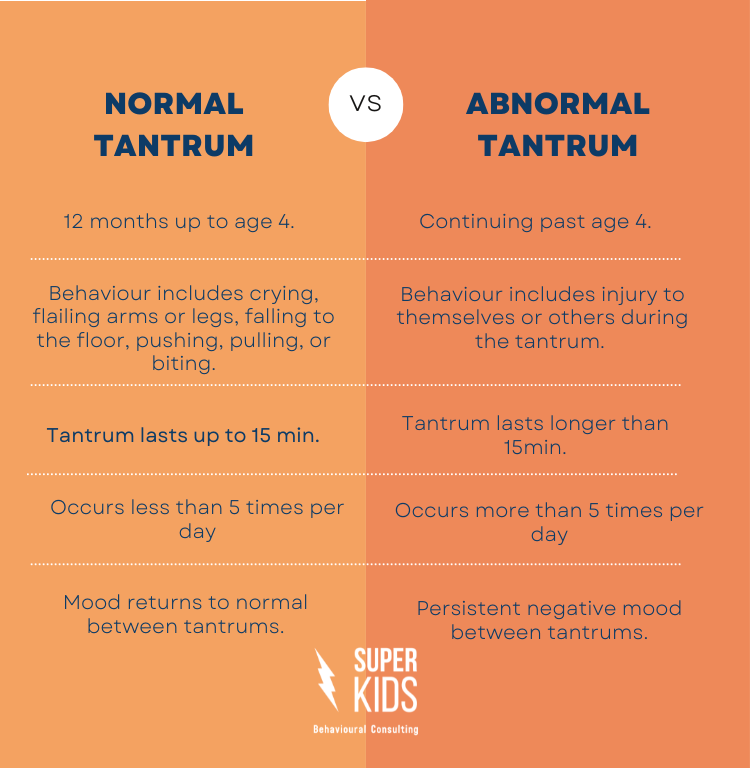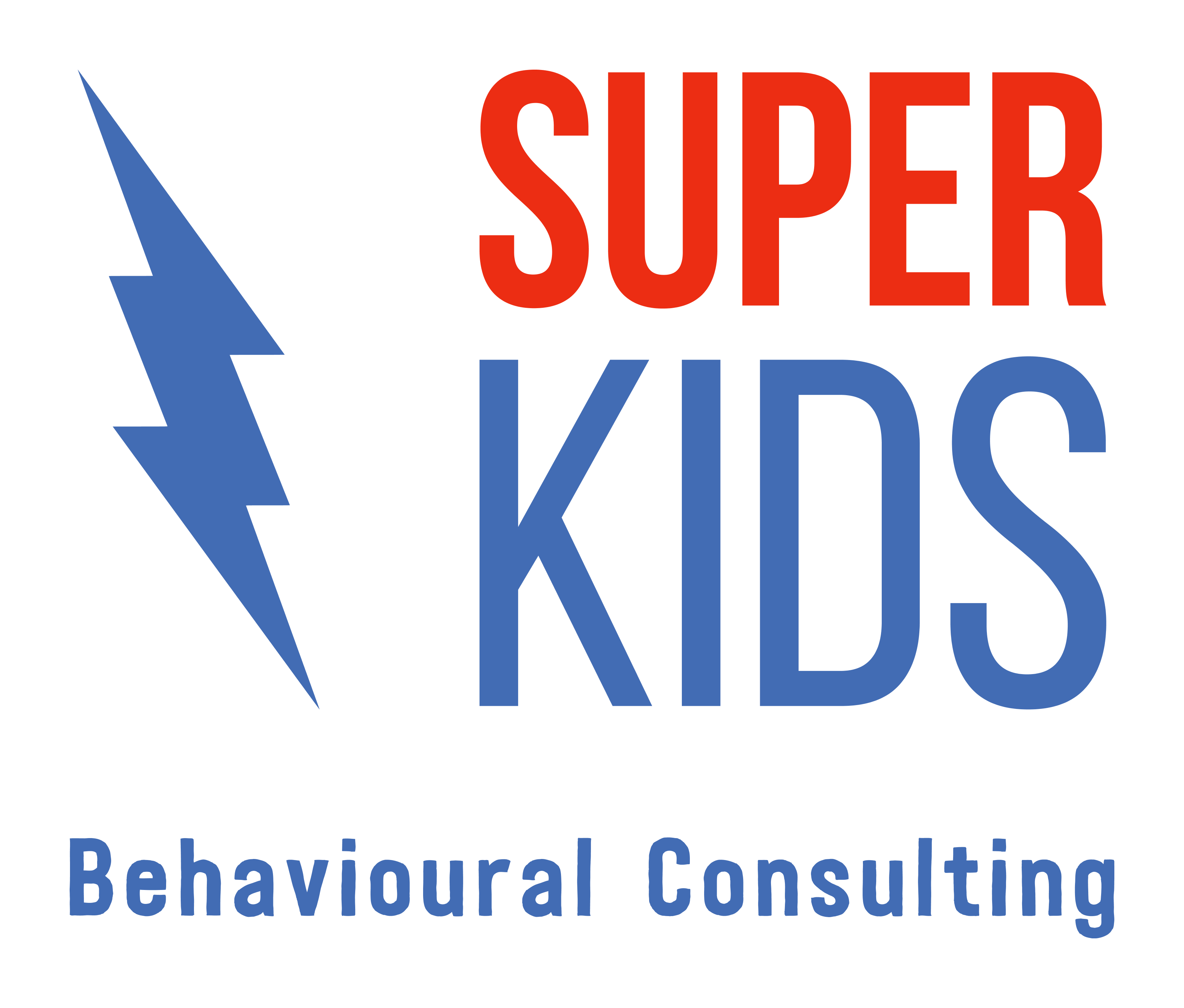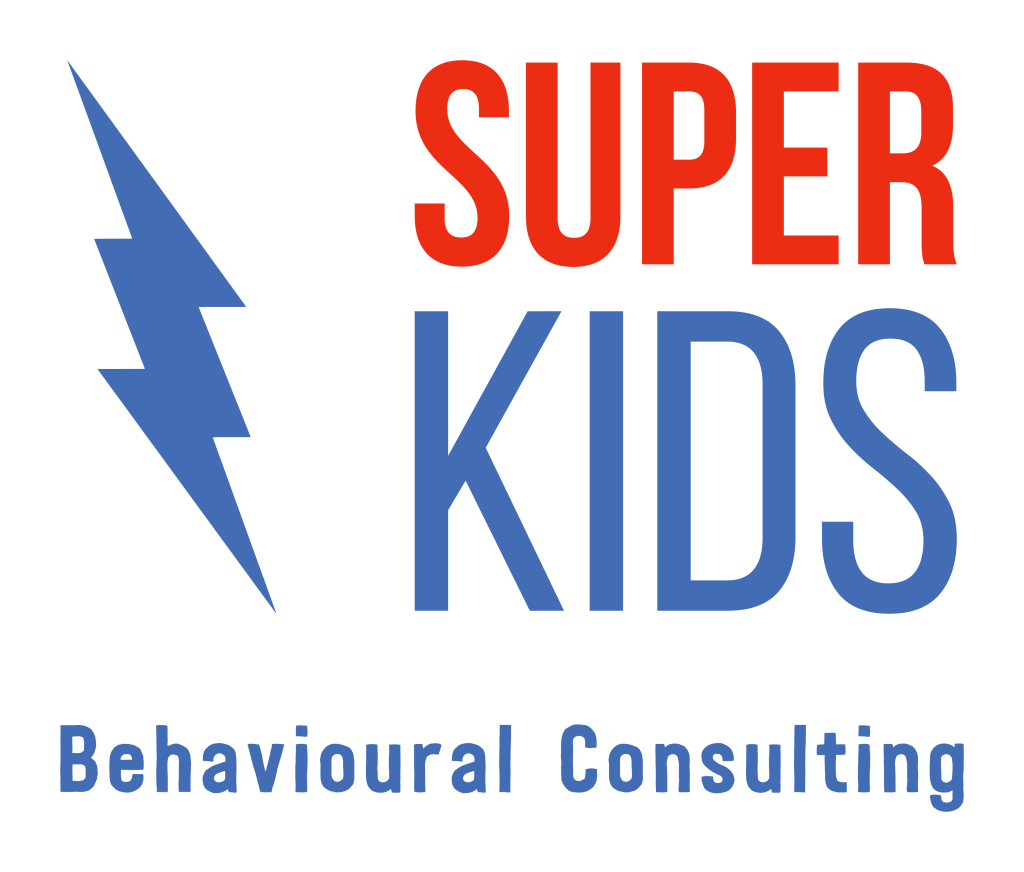Are my child’s tantrums normal?

Renee Collins
CLINICAL DIRECTOR

What is a tantrum?
Tantrums are among the most common childhood behaviour problems and frequently a reason for referral to a paediatric behavioural therapist (1). Temper tantrums are a common and often challenging aspect of child development that parents, caregivers, and educators may encounter. These emotional outbursts are a natural part of a child’s journey to self-regulation and emotional expression. While they can be trying for both adults and children, understanding the underlying causes and implementing effective strategies can help navigate the storm of temper tantrums.
Temper tantrums are defined as extreme episodes of frustration or anger. Some behaviours associated with temper tantrums in toddlers and preschool children include shouting, screaming, crying, falling to the floor, flailing extremities, hitting, kicking, throwing items, and engaging in breath-holding spells.
One of the key factors in dealing with temper tantrums is recognizing that they are a normal part of childhood development. Children, especially toddlers or children with developmental disabilities, are still learning to navigate the complex world around them. As they encounter new experiences, emotions, and challenges, they may not have the language or coping skills to express themselves effectively, leading to frustration and meltdowns. It’s important for parents and clinicians to determine what is normal and what isn’t so you know when to seek additional help and support. As behaviour analysts, we will help you determine why these behaviours are happen and give you an individualised solution with how to best avoid and respond to these behaviours.
Are my child’s tantrums abnormal?
Tantrum behaviour that is abnormal or suggests a more serious problem may need referral to a medical professional or behaviour analyst. Such tantrums include those that occur or are more severe after the age of 5 years or those that result in harm to the child, others, or to property. Tantrums accompanied by other behaviour problems such as sleep disorders, enuresis, aggressive behaviour, or extreme anxiety could signal an underlying medical or emotional problem needing further evaluation.

Are tantrums different for children with developmental disabilities, like Autism?
No, the definition of a tantrum is the same for all children. Tantrums may be more common for Autistic children. Also, the way that a child responds or is able to de-escalate from a tantrum may be more difficult for neurodivergent children specifically autism, ADHD, global developmental delay or intellectual disability. Sometimes we informally call this “the emotional boarderlands” and it is usually when someone gets to a point of a tantrum or problem behaviour in which it can no longer be stopped by giving in to the behaviour. It can feel like you try everything to make it stop but sometimes even makes it worse! If this does happen, usually you may have to remain with your child and keep them safe until it begins to de-escalate.
Why do Autistic children have more tantrums?
Autistic children may experience more temper tantrums compared to their neurotypical peers due to a variety of factors related to the characteristics of autism spectrum disorder (ASD). It’s important to note that each child is unique, and the reasons for tantrums can vary. Here are some common factors that may contribute to increased tantrums in children with autism:
- Communication challenges: Many Autistic children have difficulties with communication, both verbal and non-verbal. Frustration arising from the inability to express needs, wants, or feelings may lead to tantrums. It could be a way of expressing frustration, discomfort, or a desire for attention.
- Sensory sensitivities: Autistic children often experience sensory sensitivities or sensory processing difficulties. Overstimulation or discomfort from sensory stimuli such as loud noises, bright lights, or certain textures can trigger tantrums as a way of expressing distress.
- Difficulty with transitions: Sudden changes or unexpected events can be overwhelming, leading to tantrums as a response to the stress caused by these disruptions. Therefore, some Autistic children can struggle with changes in routine or transitions between activities.
- Social challenges: Autism is characterized by social difficulties, and some children may find it challenging to understand social cues, engage in social interactions, or navigate social situations. Frustration or anxiety related to social challenges can contribute to temper tantrums.
- Cognitive inflexibility: Some Autistic children may display cognitive inflexibility, making it challenging for them to adapt to new ideas or accept changes. This inflexibility can result in resistance to changes in routine or unexpected events, triggering tantrums.
- Difficulty with emotional regulation: Autistic children may struggle with regulating their emotions. They may have difficulty understanding and expressing their emotions appropriately, leading to emotional dysregulation and tantrums.
Strategies to reduce tantrums for children
There are a few general strategies that can reduce the amount of tantrums that all children have:
- Communication is crucial in understanding and addressing tantrums and all behaviours of concern. Encouraging effective communication can help your express what they want or need in the moment and their emotions more constructively. Ensure that they have an effective communication system, such as using gestures, vocalisations (their words), manual sign or an Augmentative and Alternative Communication (AAC). In addition to communicating what they want, you may also want to teach an encourage them to use words to describe how they feel. This may be as simple as saying, “I’m angry” or “I’m sad.” This not only helps children develop language skills but also provides a healthier outlet for their emotions.
- Consistency in routines and expectations is another important aspect of managing temper tantrums. Most children thrive on routine, and disruptions to their schedule can trigger emotional reactions, particular for autistic children. Establishing clear boundaries and expectations helps all children understand what is acceptable behavior, reducing the likelihood of tantrums. When a tantrum does occur, remaining calm and consistent in your response sends the message that emotional outbursts will not lead to a change in rules or routines.
- It’s also essential for caregivers to model positive emotional regulation for children. When children witness adults handling stress and frustration in a healthy way, they are more likely to adopt those coping mechanisms themselves. Taking deep breaths, using simple relaxation techniques, and maintaining composure during challenging moments can serve as powerful examples for children.
- Functional behaviour assessment (FBA) is a behavioural assessment that can be completed by a Certified Behaviour Analyst that will help determine the reason why (function) of the behaviour and then you will be able to get a individualised plan to address tantrum behaviour and teach new skills to decrease this behaviour.
If you’d like to explore this more with the Super Kids team, then please reach out to [email protected] or contact us and we can help you with the next steps, or you may want to consider our Behaviour Management Short Term Behaviour Consultation services.
Super Kids acknowledges each individual’s personal preference to use identity-first or person-first language to describe themselves or their loved one. We interchangeably use both language conventions and therefore refer to both Autistic children and children with Autism.






